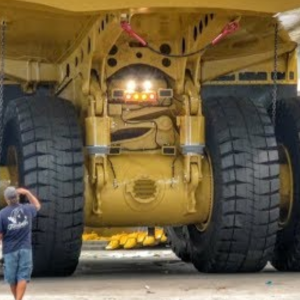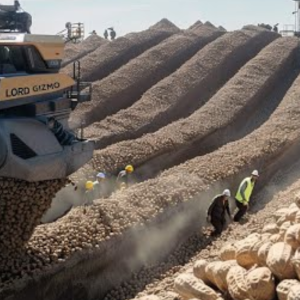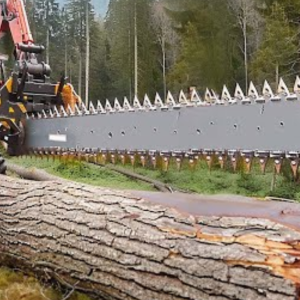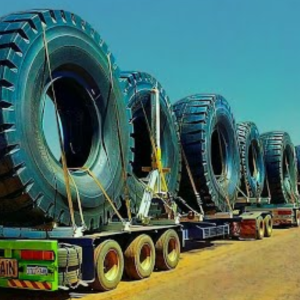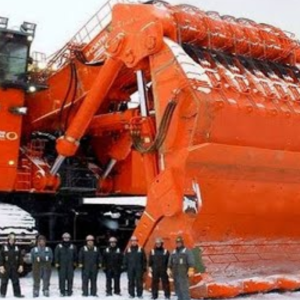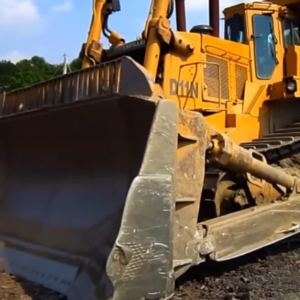In 1966, an exciting project began at the Bucyrus Erie Company plant, where they would design and build components for the Big Muskie – one of the world’s largest earthmoving machines ever built.
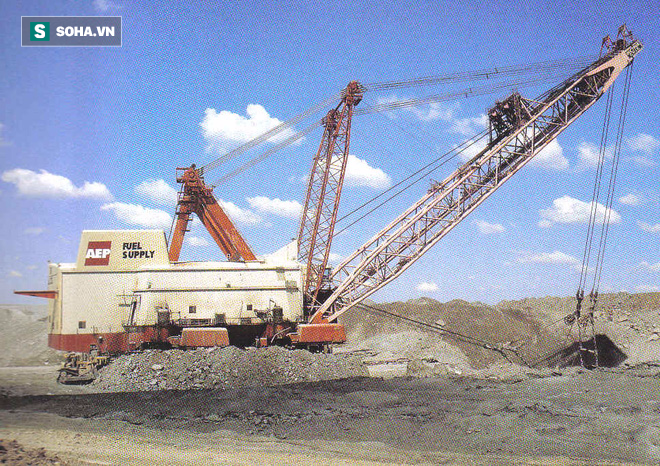
Once completed, the problem was its size when they wanted to ship it to customers at the coal mine in Ohio. Big Muskie was so big that it required 340 rail cars and 260 trucks to transport all the components and more than 200,000 hours of work to assemble successfully, but it finally went into production in 1969.
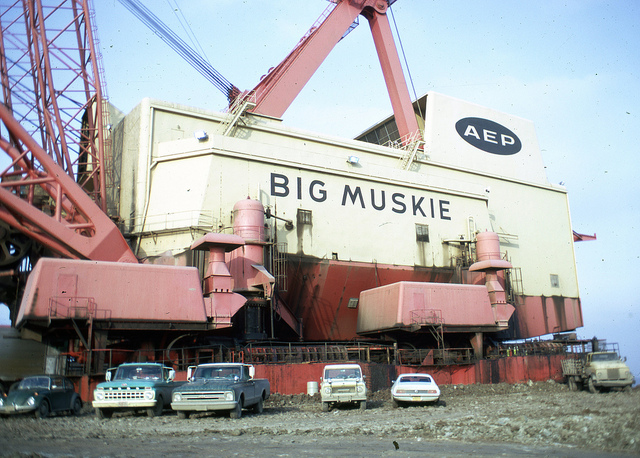
Central Ohio Coal Company (formerly a part of American Electric Power) can be absolutely proud to own a giant machine 46 m wide and 67.7 m high (equivalent to the height of a 22-story building). ), 148.4 m long (one and a half times the length of a standard football field) and weighs up to 13,500 tons.
But the most prominent feature of Big Muskie is not its height or mass but its giant bucket , the key factor that determines productivity and mining output.
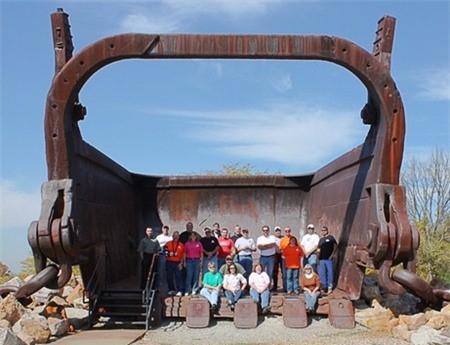
With the giant bucket as shown in the photo, Big Muskie can “sweep away nearly 300 tons (295 tons, to be exact) of soil, rock, coal… in just one scoop. That amount of soil and rock is equivalent to nearly 200 Lamborghini Aventador supercars (each weighing more than 1.5 tons).
To make it easier to imagine, this giant bucket is equivalent in size to two large buses .

After 22 years of hard work, Big Muskie was retired in 1991, 8 years later it was officially completely dismantled. Up to now, people have only left the giant excavator bucket as a legacy of this giant of the mining industry.
